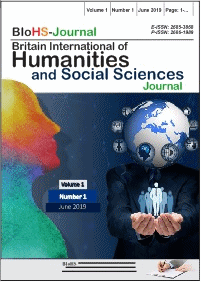The Transformation of Karo Traditional Dance Movements in the Form of Modern Choreography of Gegeh Gundala-Gundala
Abstract
This study aims to form a choreography rooted in the motive movement of the Karo traditional dance in the form of the modern choreography Gegeh Gundala-Gundala. The three basic motives of the Karo traditional dance, namely Ertimbang, Bunga tan kawes kemuhen kudas kuteruh, and Rakut Meteguh are used as the basis for the development of motion with the method of developing the elements of motion, using the constructive dance creation method popularized by Jacqueline Smith, such as the process of exploration, improvisation, composition, and evaluation. This creation process has formed a modern choreography rooted in new traditional values, such as the theory conveyed by Soedarsono that modern dance is freedom in expressing movement techniques on stage, such as the Gegeh Gundala-Gundala choreography. The method in this research is. While the method of this research uses qualitative methods, describing a narrative study of dance creation including literature study, observation, studio work, and documentation. From the process of creating the Gegeh Gundala-Gundala choreography, a new and unique form was obtained, the result of the creative process of exploration, improvisation, composition, and evaluation. And supported by the process of developing motion by utilizing elements of motion such as energy, space and time. From these processes a modern choreography was formed, rooted in the traditional Karo dance entitled Gegeh Gundala-Gundala.



.png)
_.gif)
















_.gif)














